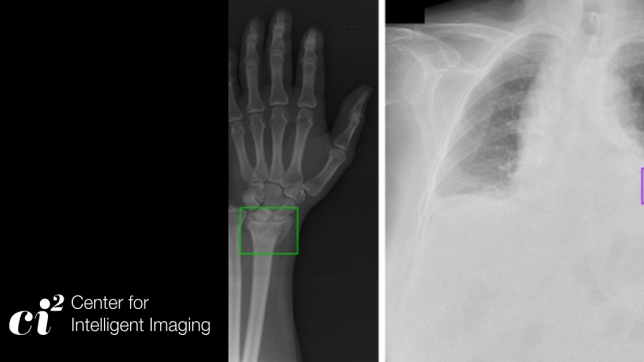In a recent commentary published in the American Journal of Roentgenology, a team from UC San Francisco’s Center for Intelligent Imaging (ci2) was invited to examine an article titled "Deep Learning Shows Promise in the Detection of Retinal Hemorrhage on Pediatric Head CT" by Fatma Gunturken, PhD, Berna Bakir-Batu, PhD & Adeel Siddiqui, MD, which explores the potential of deep learning in detecting retinal hemorrhages on pediatric head CT scans.
The article was originally published in JAMA Netw Open. The commentary's first author is UCSF's Elizabeth George, MBBS, an assistant professor at the Department of Radiology and Biomedical Imaging. Andreas M. Rauschecker, MD, PhD, associate director of the neuroradiology fellowship program, is also an author.
In this research, 301 patients with confirmed abusive head trauma who underwent head CT and fundoscopic examination at a single center were investigated. Using 3D renderings of the globe as input, a convolutional neural network (CNN), pre-trained on ImageNet, was trained to detect retinal hemorrhage.
"[Deep learning] shows promise as a potential tool for detection of retinal hemorrhage on head CT," writes authors Elizabeth George and Andreas Rauschecker. "External validation is critical in determining the target population and this algorithm's role in the complex multidisciplinary approach to diagnosing AHT."
To read more about news and recent research from UCSF Ci2, visit our blog.



